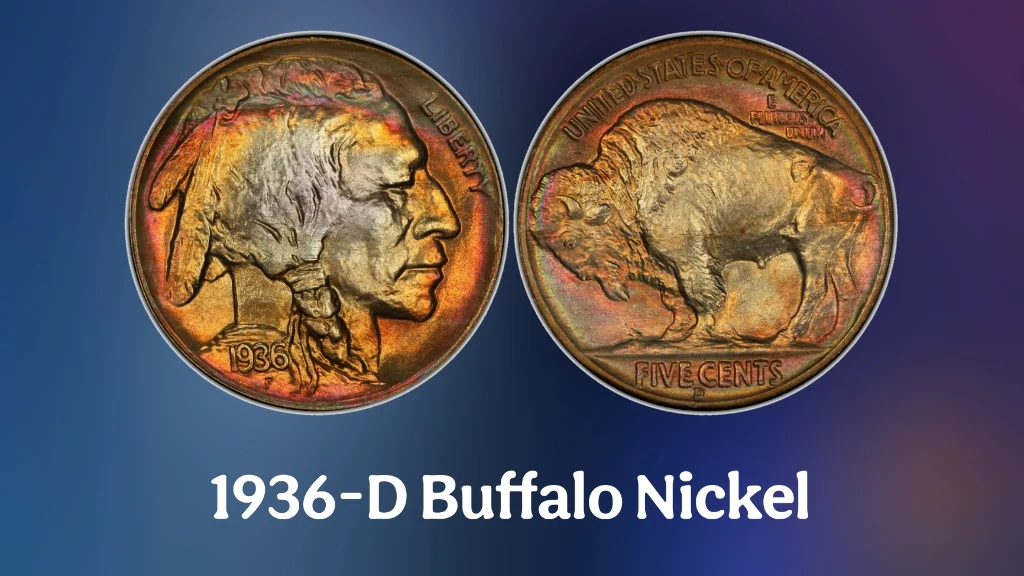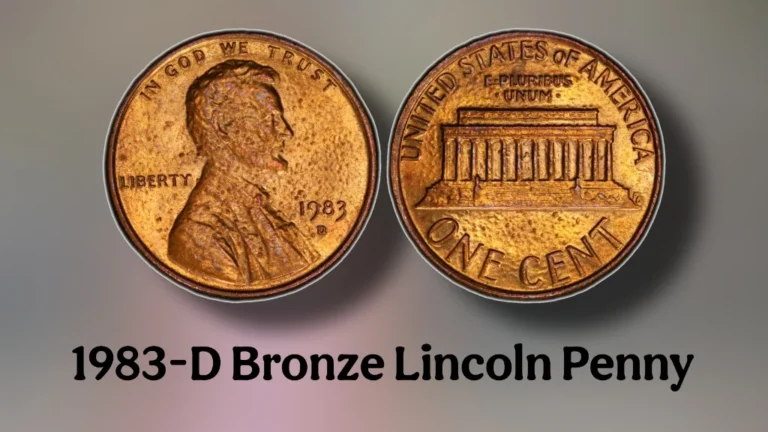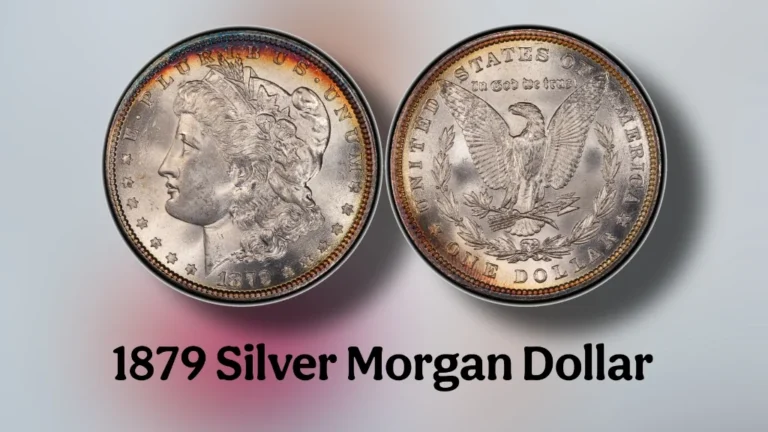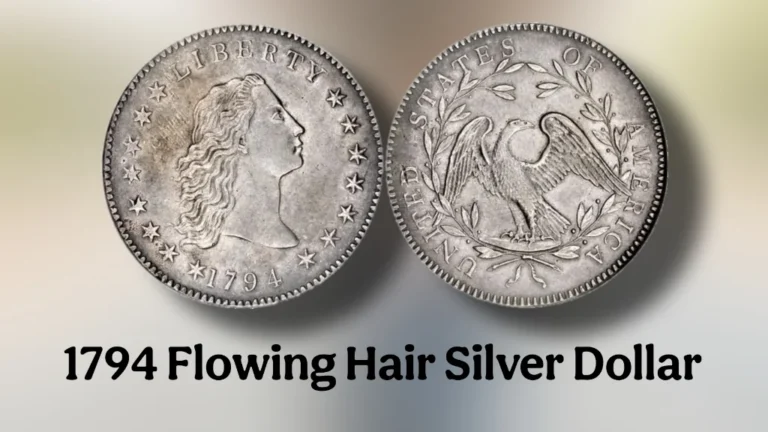The 1936-D Buffalo Nickel is a celebrated piece in American numismatics, cherished for its iconic design and historical significance. As part of the Buffalo Nickel series, which ran from 1913 to 1938, this coin captures the spirit of the American West and remains a favorite among collectors.
Minted in Denver, the 1936-D issue is notable for its quality and moderate rarity in high grades, making it a must-have for enthusiasts of early 20th-century U.S. coinage.
Historical Context
Introduced in 1913, the Buffalo Nickel, designed by James Earle Fraser, replaced the Liberty Head Nickel. The coin’s obverse features a Native American profile, while the reverse showcases an American bison, symbolizing the rugged beauty of the American frontier.
Also read – Why the 1944-D Steel Wheat Penny Is Worth a Fortune
The 1936-D Buffalo Nickel was struck during the Great Depression, a time of economic hardship, yet the Denver Mint produced 24,814,000 of these coins, a significant mintage for the series. Despite this, well-preserved examples, especially those with sharp details, are highly sought after due to wear from circulation and the coin’s raised design elements.
Key Features
- Obverse: A right-facing Native American profile, with “LIBERTY” and “1936” along the right rim and the “D” mintmark below the date.
- Reverse: An American bison standing on a mound, with “UNITED STATES OF AMERICA” above, “E PLURIBUS UNUM” below the mound, and “FIVE CENTS” at the bottom.
- Composition: 75% copper, 25% nickel.
- Diameter: 21.2 mm.
- Weight: 5 grams.
- Design Note: The date and reverse details, like the bison’s horn and tail, are prone to wear, making high-grade specimens valuable.
Collectibility and Value
The 1936-D Buffalo Nickel is relatively common in circulated conditions, but uncirculated examples, particularly those with strong strikes and minimal wear, are prized. The coin’s value depends on its grade, with coins exhibiting a full horn on the bison commanding higher prices. Below is a chart of approximate values based on condition (data sourced from numismatic references, as of 2025):
| Grade | Approximate Value (USD) |
|---|---|
| Good (G-4) | $1.00 – $2.00 |
| Fine (F-12) | $2.00 – $4.00 |
| Very Fine (VF-20) | $4.00 – $8.00 |
| Extremely Fine (EF-40) | $10.00 – $20.00 |
| About Uncirculated (AU-50) | $25.00 – $40.00 |
| Uncirculated (MS-63) | $50.00 – $100.00 |
| Uncirculated (MS-65) | $150.00 – $300.00 |
Note: Prices are approximate and can vary based on market trends, auction results, and specific coin characteristics, such as luster or strike quality. Coins graded by PCGS or NGC with a “Full Horn” designation may fetch premiums.
Also read – 1950-D Jefferson Nickel: History, Value, and Collector’s Guide
Why Collectors Love It
The 1936-D Buffalo Nickel appeals to collectors for several reasons:
- Iconic Design: Fraser’s depiction of the Native American and bison is a timeless tribute to America’s heritage.
- Historical Significance: Minted during the Great Depression, it reflects a challenging era in U.S. history.
- Condition Rarity: High-grade examples with sharp details, especially on the date and bison’s horn, are difficult to find due to the coin’s soft design and heavy circulation.
- Affordability: While rare in gem condition, circulated examples are accessible for beginner collectors.
Tips for Collectors
- Inspect Details: Focus on coins with a clear date and visible bison horn, as these elements wear quickly.
- Authentication: Have valuable coins graded by reputable services like PCGS or NGC to confirm authenticity and condition.
- Storage: Use archival-quality holders to protect against environmental damage and preserve luster.
- Market Awareness: Stay updated on auction trends, as high-grade 1936-D Buffalo Nickels can see significant price jumps.
Conclusion
The 1936-D Buffalo Nickel is more than a five-cent coin—it’s a piece of American history, embodying the artistry and resilience of its time. Its striking design and relative scarcity in high grades make it a cornerstone of any Buffalo Nickel collection. Whether you’re a novice collector or a seasoned numismatist, the 1936-D offers a blend of affordability, beauty, and historical charm that continues to captivate coin enthusiasts worldwide.
FAQs
1. What makes the 1936-D Buffalo Nickel special?
Its iconic design, historical context during the Great Depression, and scarcity in high grades make it highly collectible.
2. Where was the 1936-D Buffalo Nickel minted?
It was minted in Denver, as indicated by the “D” mintmark below the date.
3. What is the coin made of?
It’s composed of 75% copper and 25% nickel.
4. How much is a 1936-D Buffalo Nickel worth?
Values range from \$1 in low grades to over \$300 in uncirculated MS-65 condition.
5. What details should collectors look for?
A clear date and a visible bison horn—these high-wear areas help determine value and condition.




